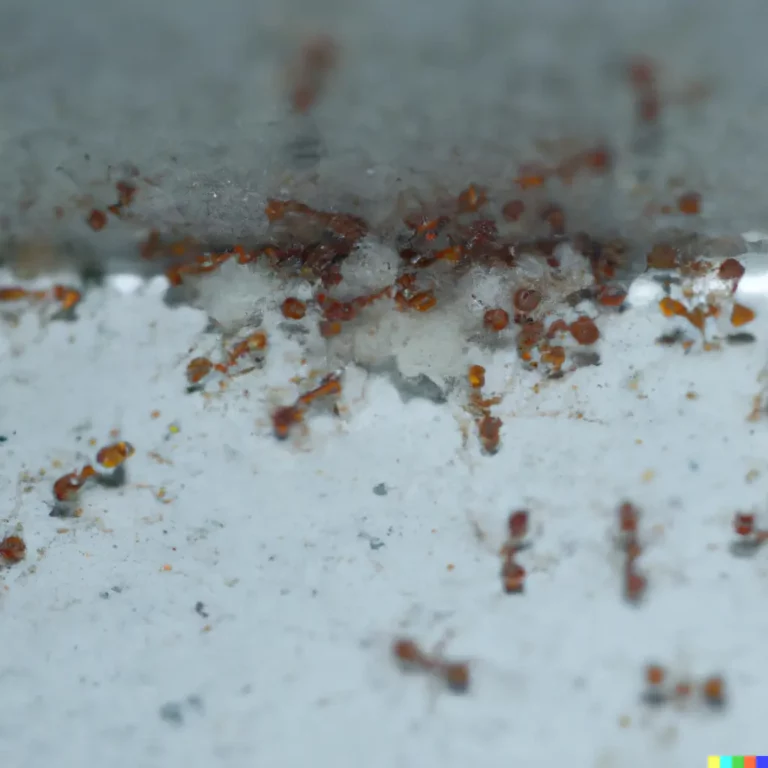How to repair rotting deck stair stringer
As you’re enjoying your morning coffee on the back deck, you notice that one of the stairs feels a little spongy underfoot. Upon closer inspection, you realize that the stringer (the framing member that supports the treads) is starting to rot. This can be a major safety hazard, not to mention an eyesore.
If you’re handy and have some basic carpentry skills, you might be wondering, “How to repair rotting deck stair stringer?” Don’t worry, it’s not as difficult as you might think. With the right tools and materials, you can easily fix your rotten stringer and get your deck stairs back to their former glory.
Here’s a step-by-step guide on how to repair rotting deck stair stringer:
Step 1: Assess the Damage
Before you start any repairs, it’s important to accurately assess the extent of the damage. Take a close look at the stringer and see how much of it is rotted. You’ll also want to check the treads and risers (the horizontal and vertical parts of the stairs) to see if they’ve been affected by the rot. If the rot is limited to a small section of the stringer, you may be able to repair it without having to replace the entire thing. However, if the rot is extensive or has spread to the treads and risers, you may need to replace the entire stringer.
Step 2: Remove the Rotten Wood
Once you’ve determined the extent of the damage, it’s time to start removing the rotten wood. Use a chisel and hammer to carefully chip away at the rotted wood, taking care not to damage any of the surrounding wood. If the rot is limited to a small area, you can probably remove it with a chisel and hammer. However, if the rot is extensive, you may need to use a circular saw or reciprocating saw to remove the rotten wood.
Step 3: Cut a Replacement Piece
Once you’ve removed all the rotten wood, it’s time to cut a replacement piece. Measure the dimensions of the opening left by the rotten wood and use a circular saw or jigsaw to cut a piece of wood to fit. Make sure to use wood that is the same thickness and type as the original stringer.
Step 4: Install the Replacement Piece
Now it’s time to install the replacement piece. If the rot was limited to a small area, you can probably use wood glue and nails to attach the replacement piece. However, if the rot was extensive, you’ll need to use stronger fasteners, such as lag screws or through bolts.
To install the replacement piece, first apply a liberal amount of wood glue to the edges of the opening. Then, carefully position the replacement piece in the opening and secure it with nails or screws. Make sure to countersink the nails or screws so that they are flush with the surface of the wood.
Step 5: Sand and Finish
Once the replacement piece is securely in place, it’s time to sand and finish the repair. Use a hand sander or orbital sander to smooth out the surface of the wood and remove any rough edges. Then, apply a finish of your choice, such as paint or wood stain, to protect the wood and match the rest of the deck.
Conclusion
Repairing a rotting deck stair stringer might seem intimidating, but with the right tools and a little bit of know-how, it’s a relatively simple task. By following these steps, you can easily fix your rotten stringer and get your deck stairs back in top shape. Don’t let a rotting stringer ruin your enjoyment of your deck. With a little bit of elbow grease and the right approach, you can repair it yourself and get back to enjoying your outdoor space.
Remember to always take safety precautions when working on your deck. Wear protective eyewear and gloves, and use caution when handling power tools. If you’re not comfortable tackling the repair yourself, it’s always a good idea to consult with a professional carpenter or contractor.
Taking care of your deck is an important part of home maintenance, and repairing a rotten stringer is a necessary step in keeping your deck safe and functional. By following the steps outlined in this guide, you can easily repair your rotten deck stair stringer and enjoy your outdoor space for years to come.






